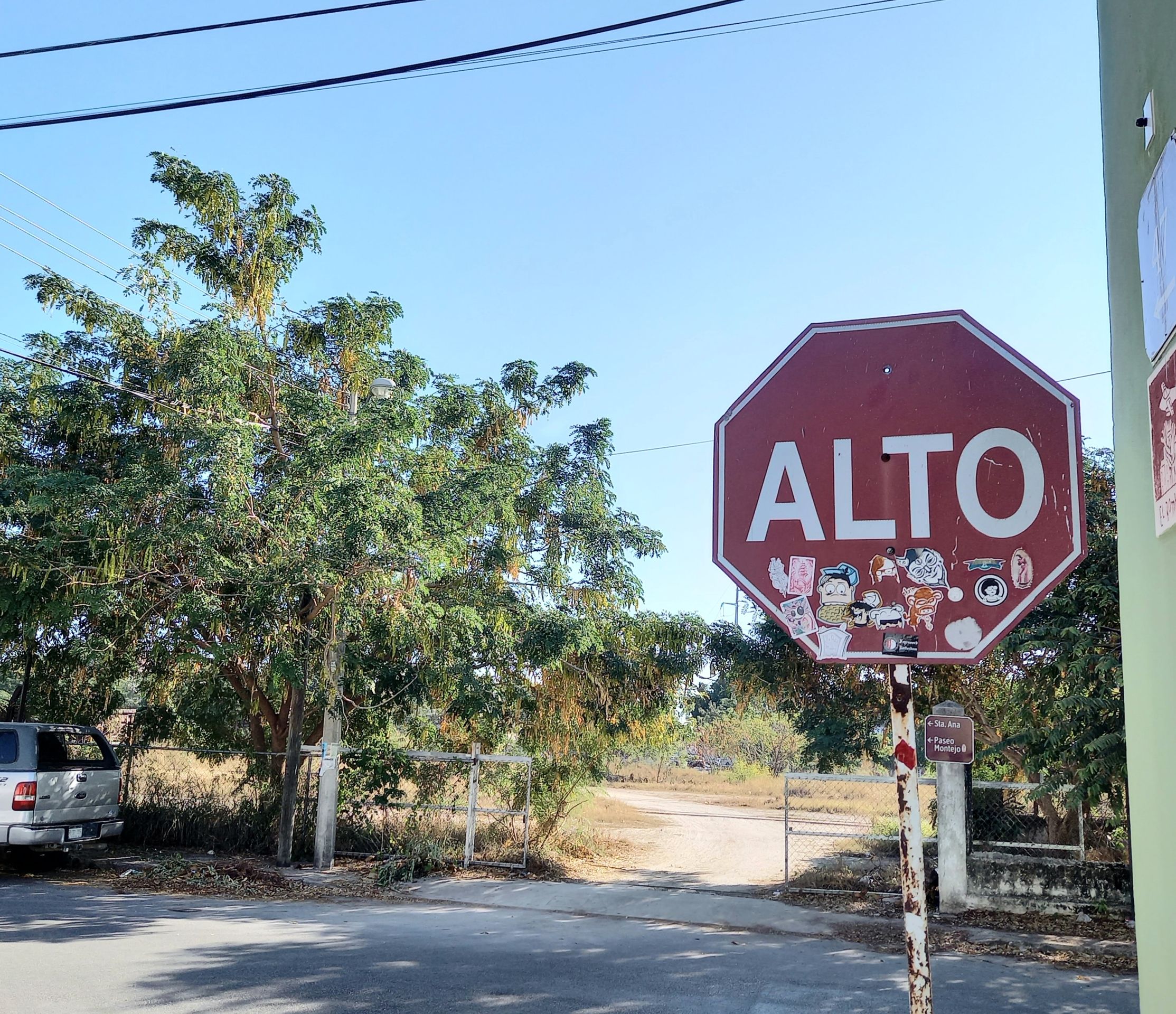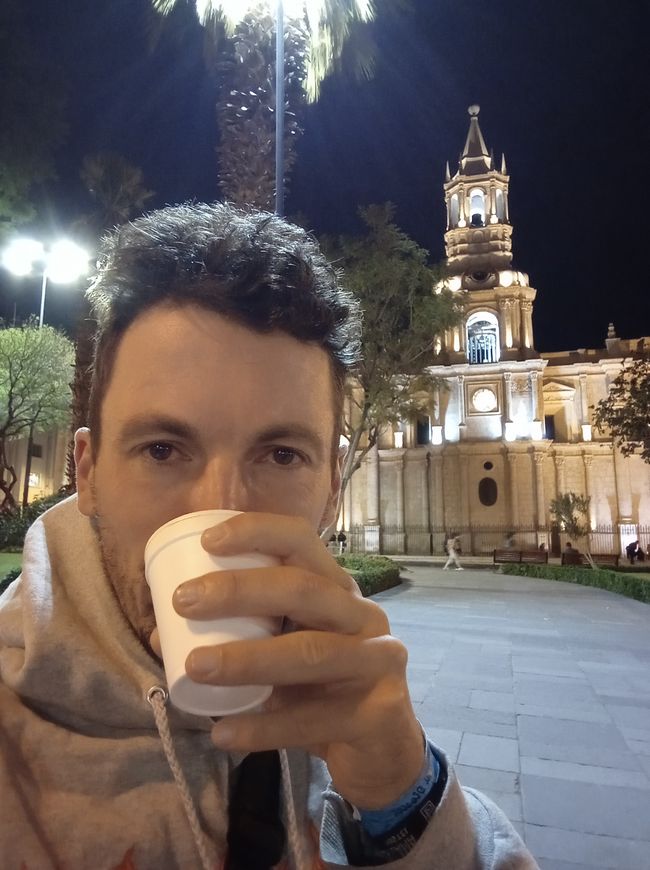Salt and sand, a day in Uyuni
வெளியிடப்பட்டது: 03.04.2022
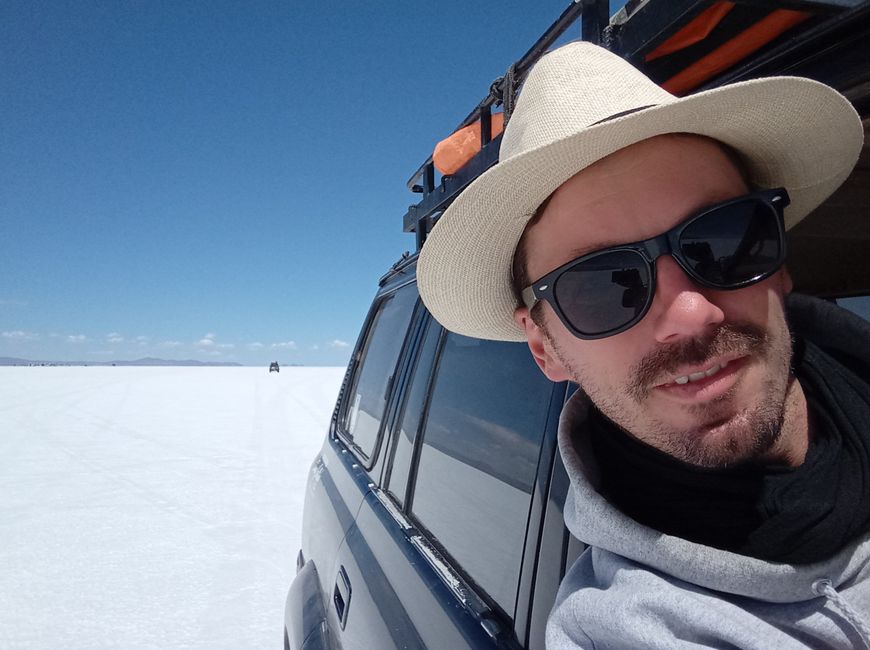
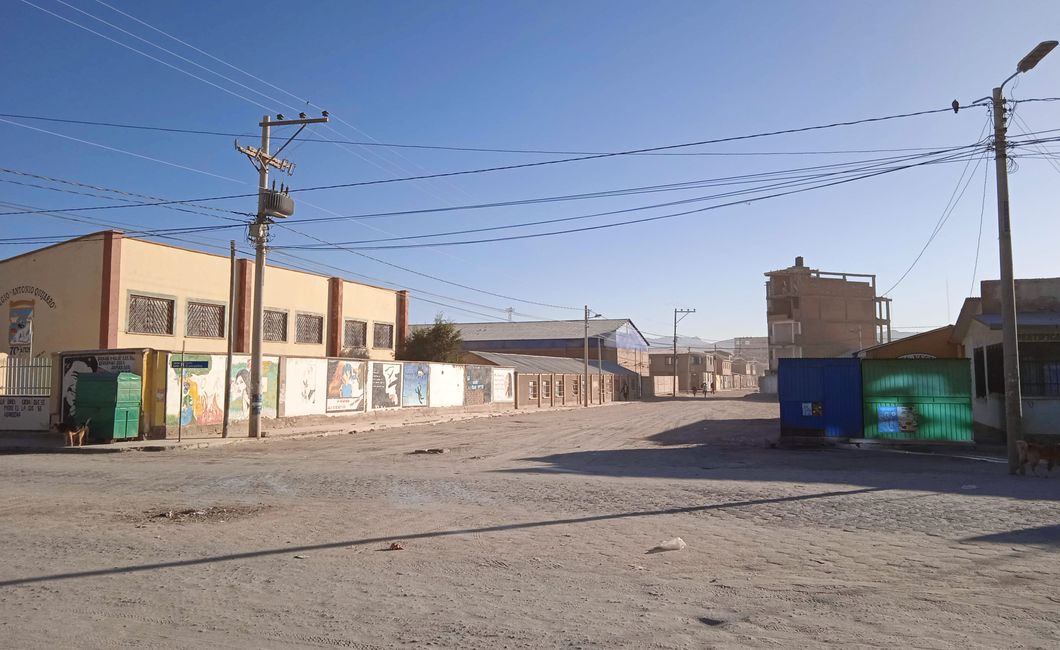
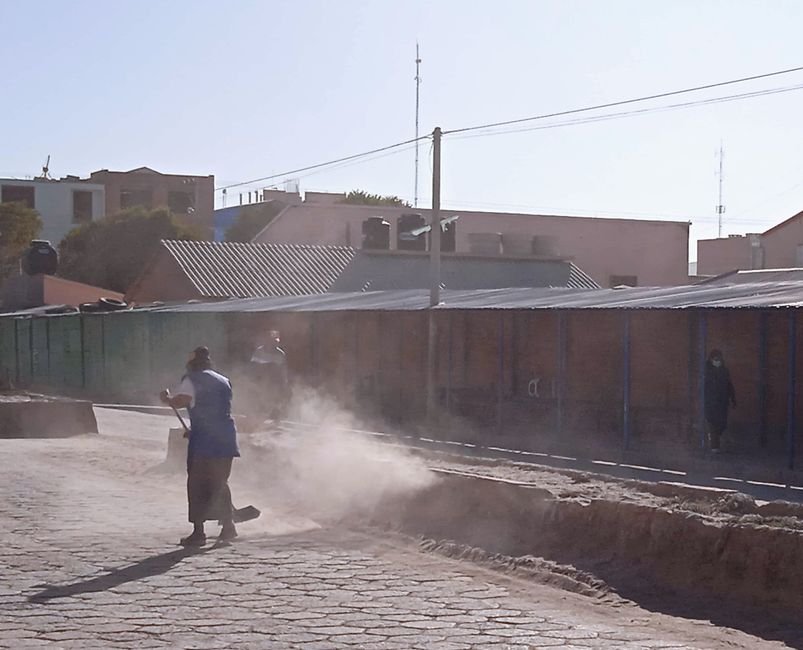
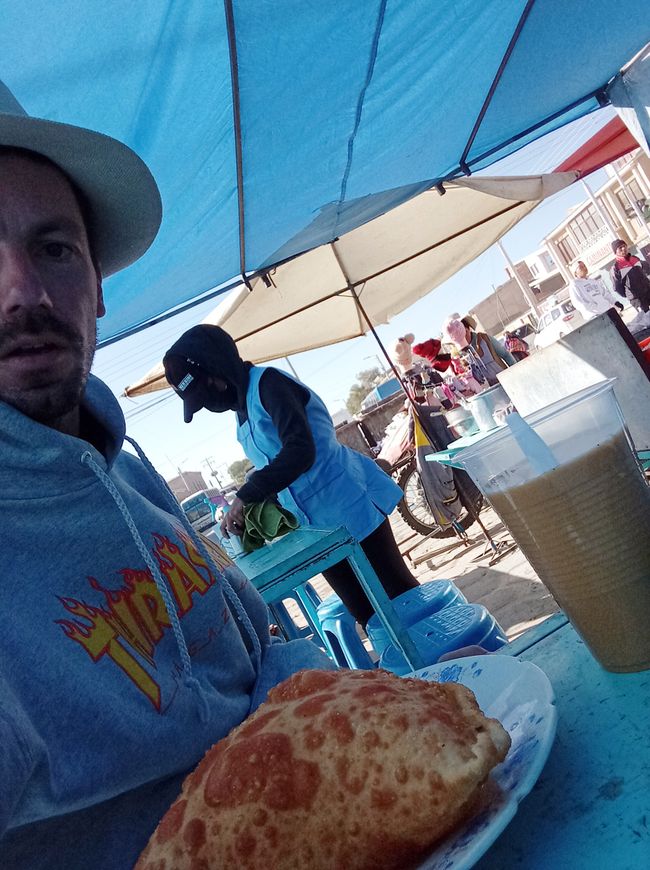
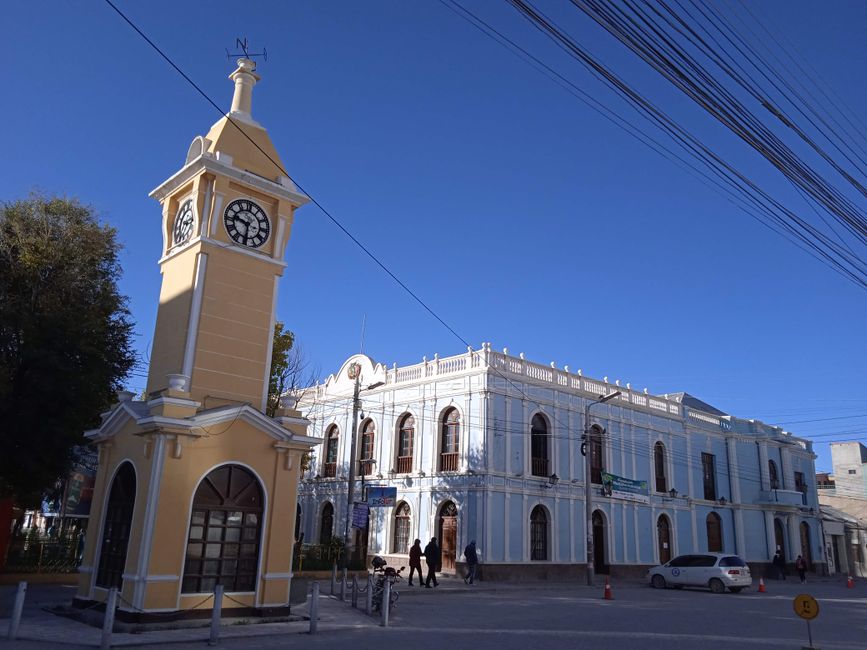
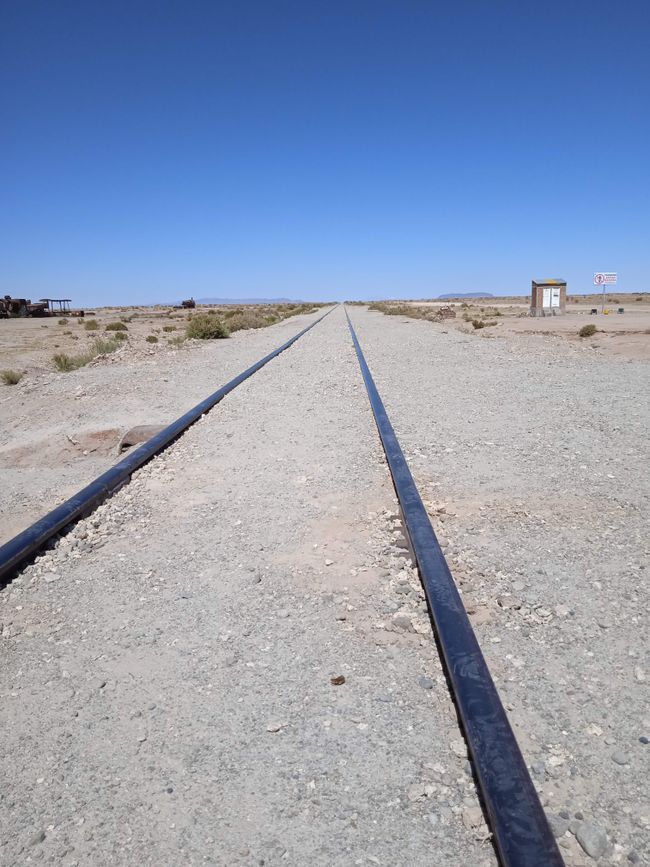
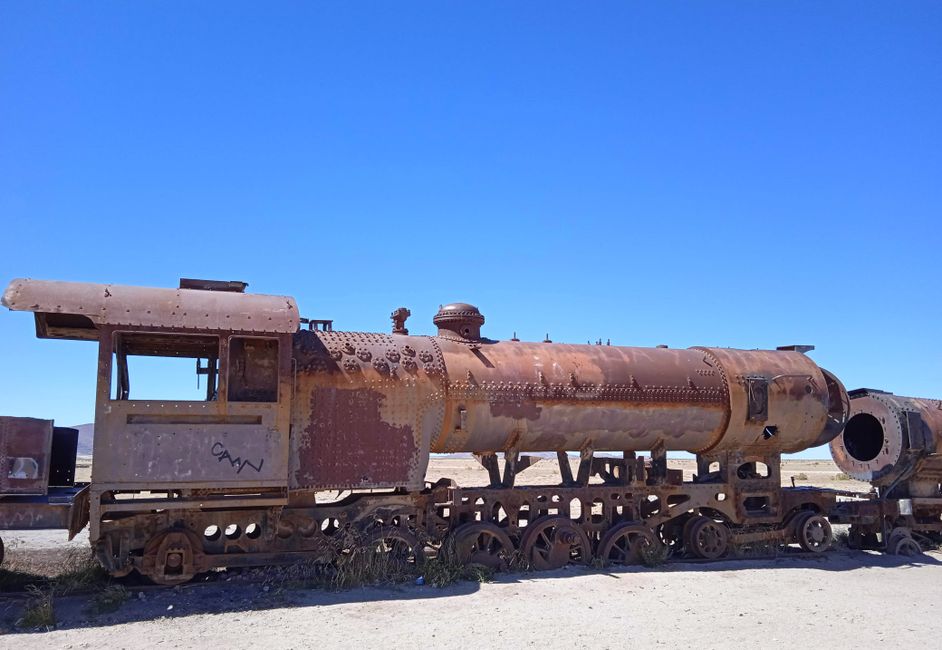

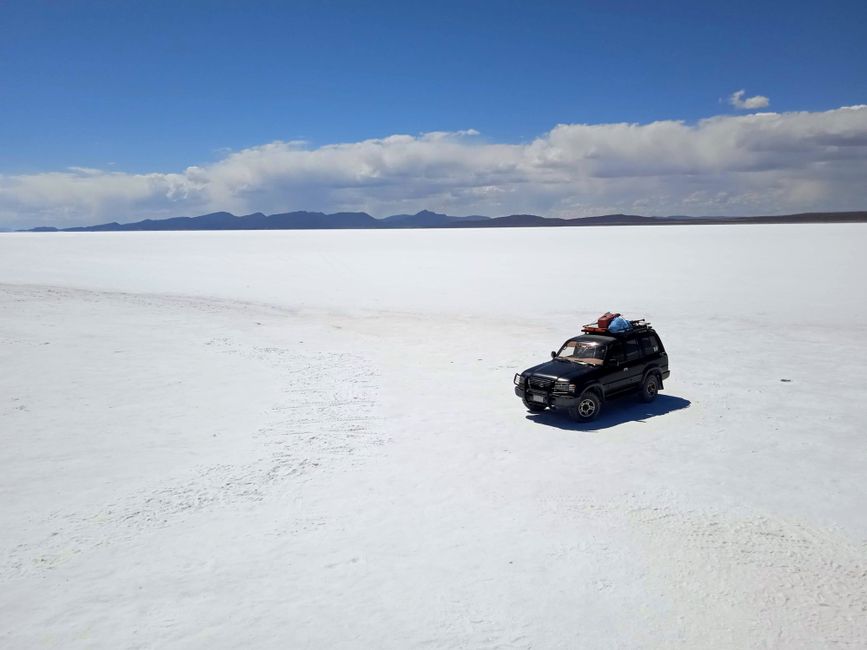
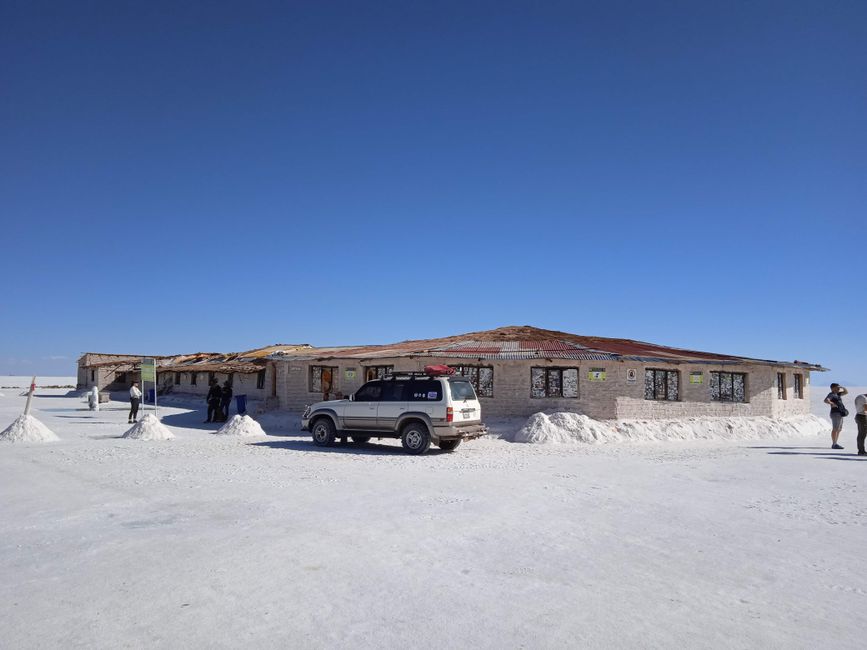
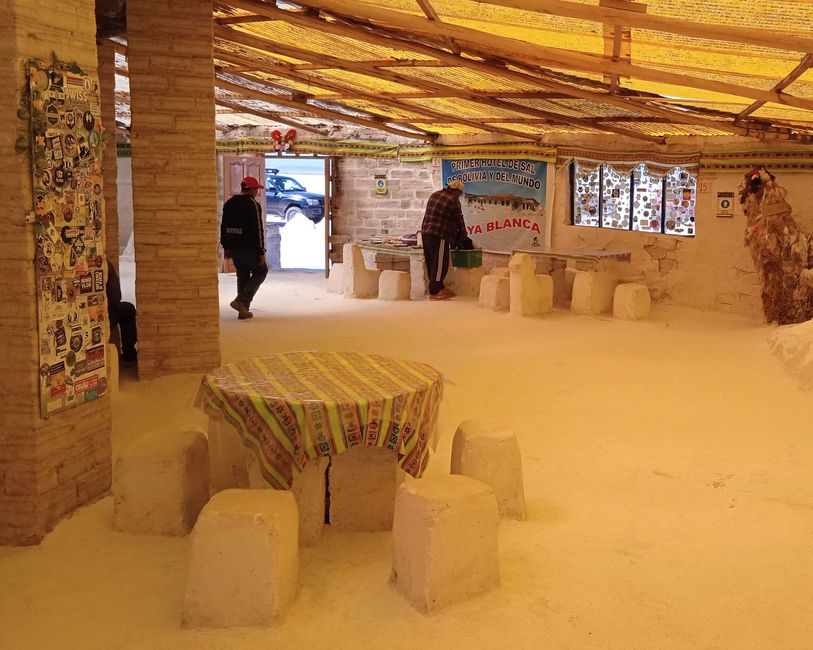
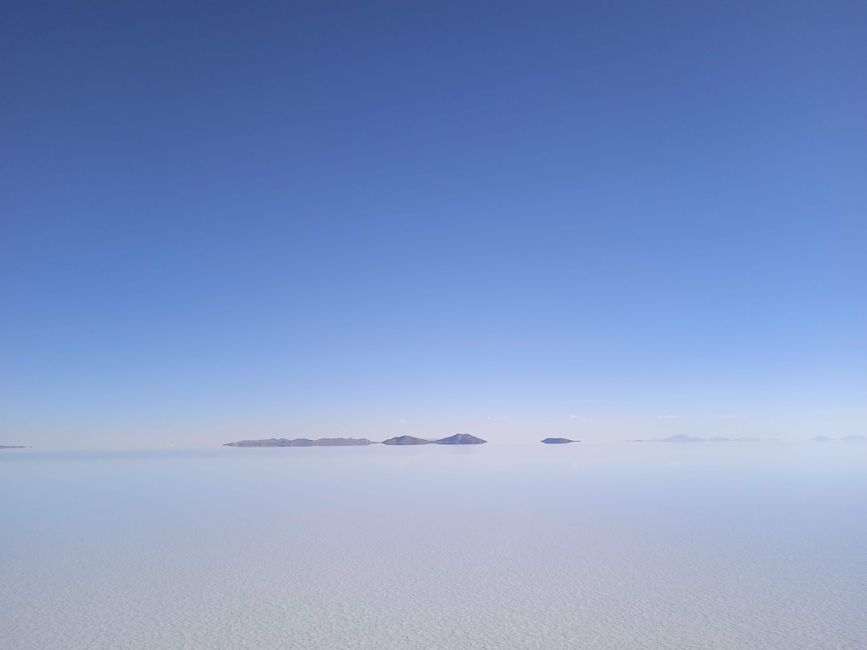
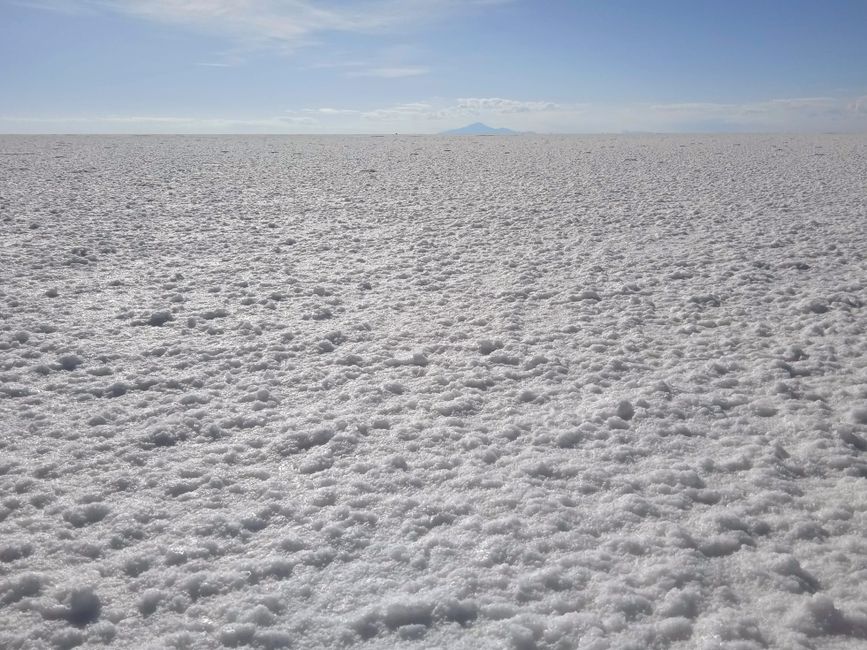
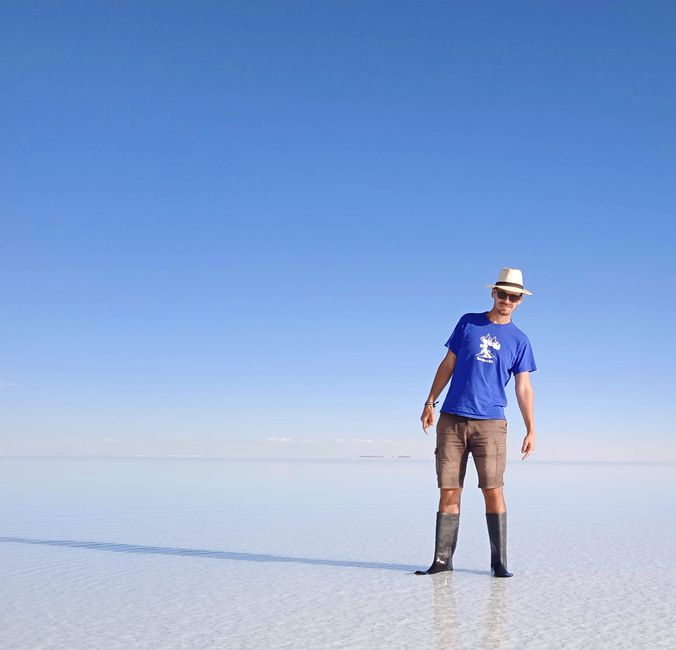
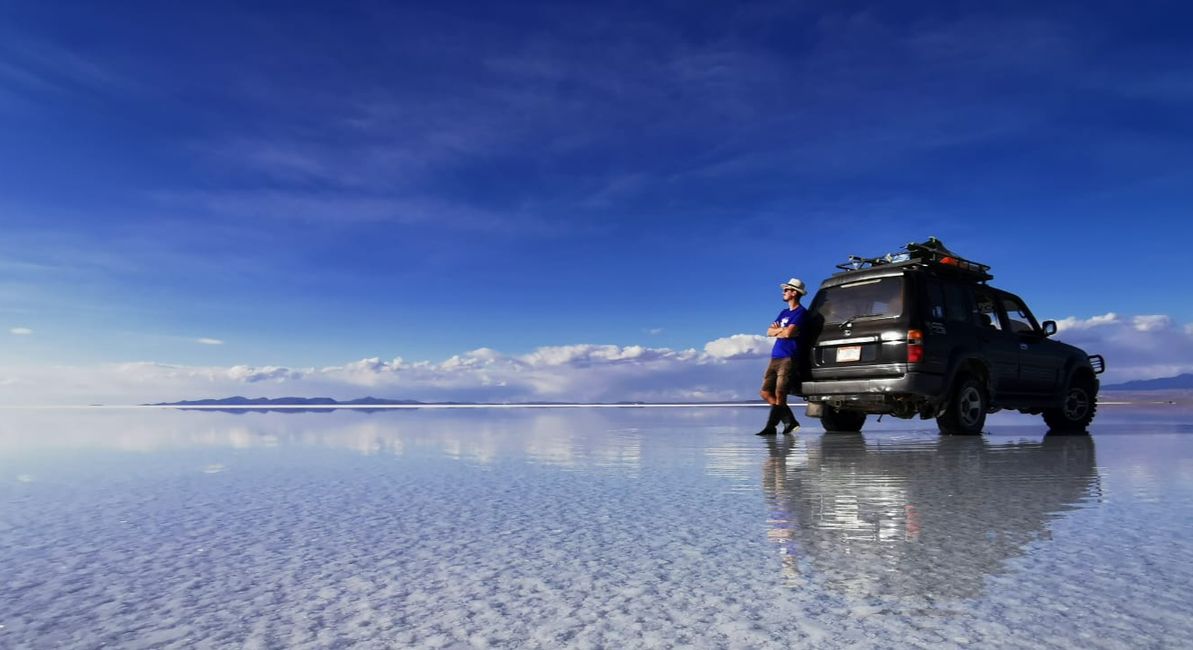
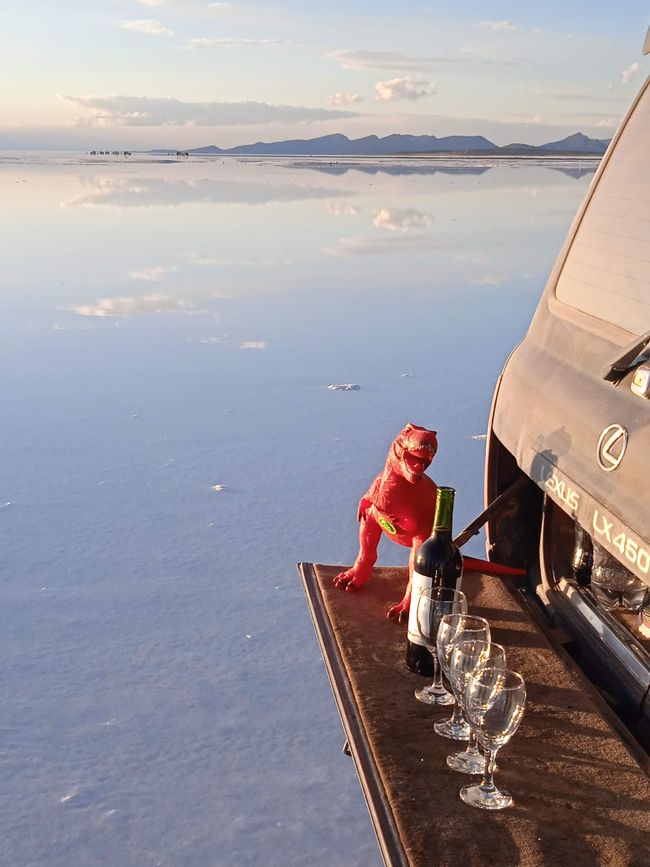
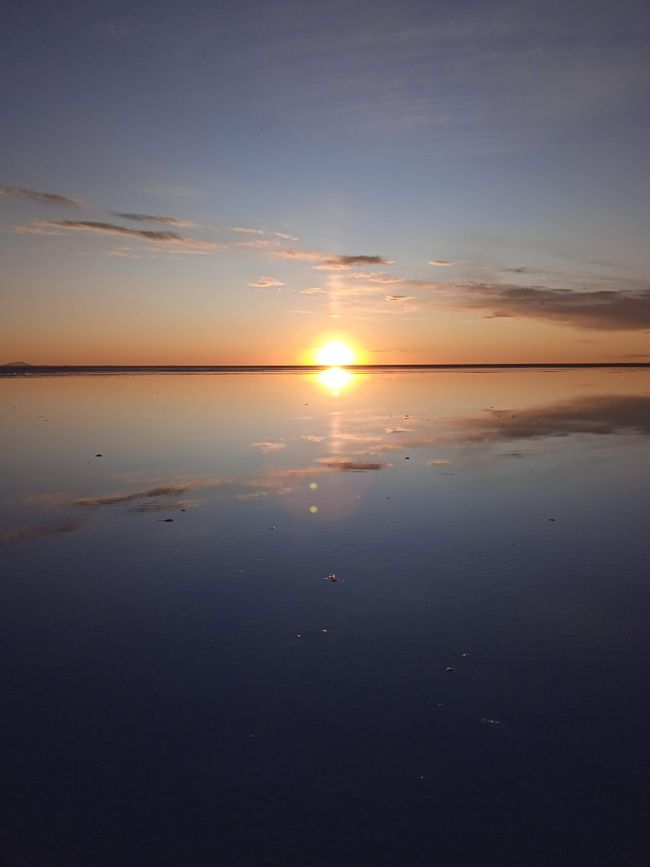
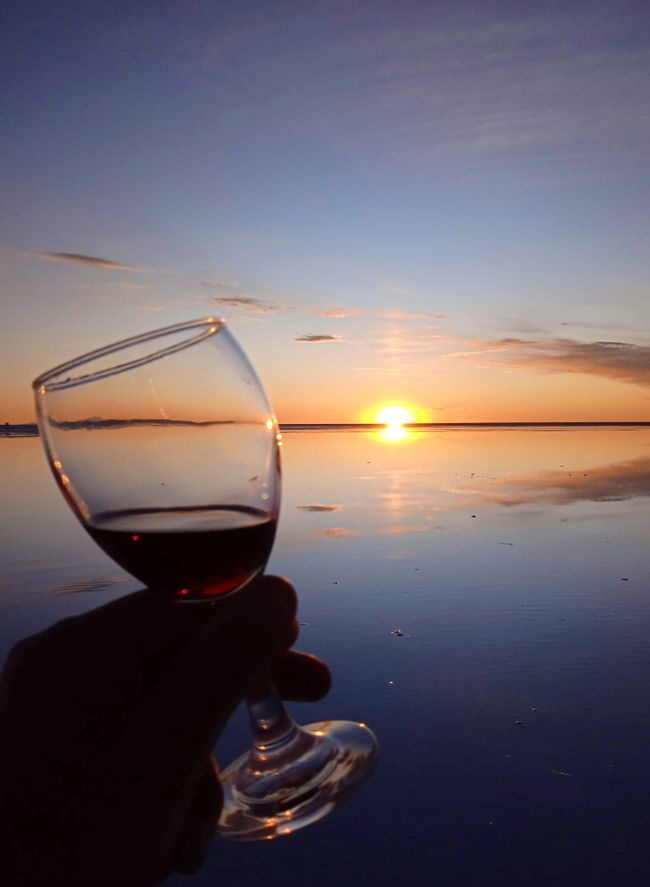
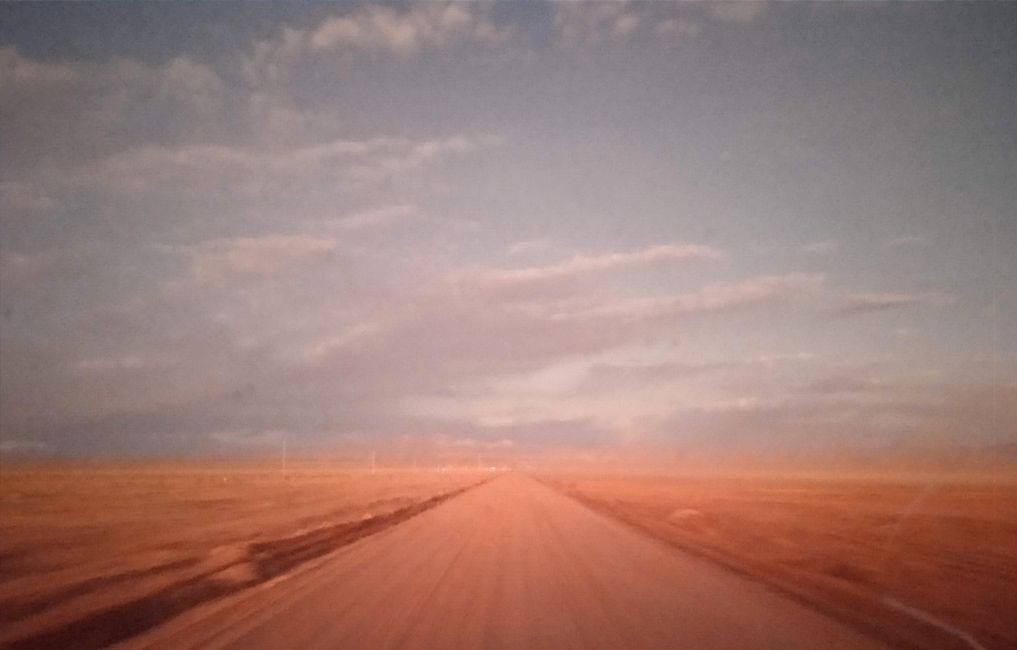
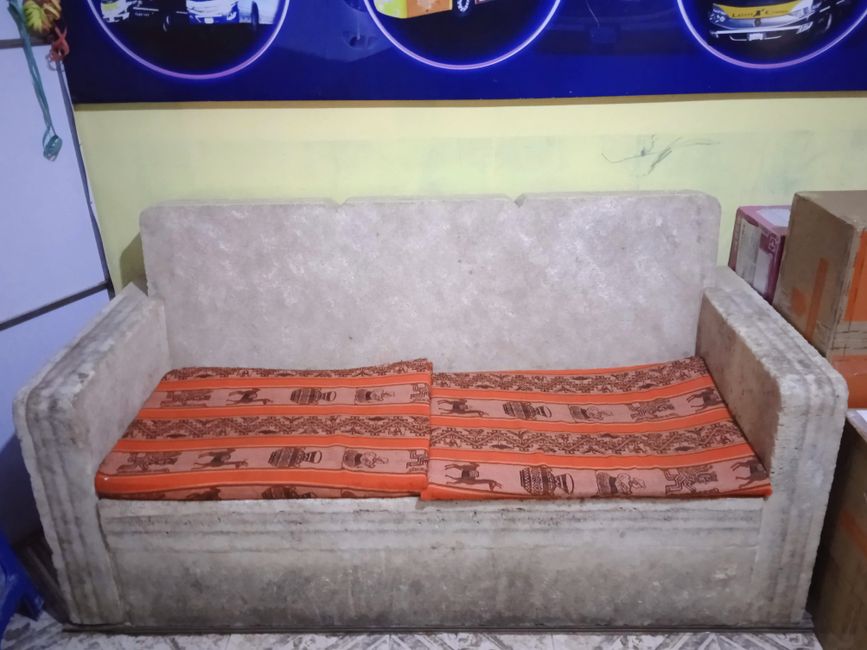
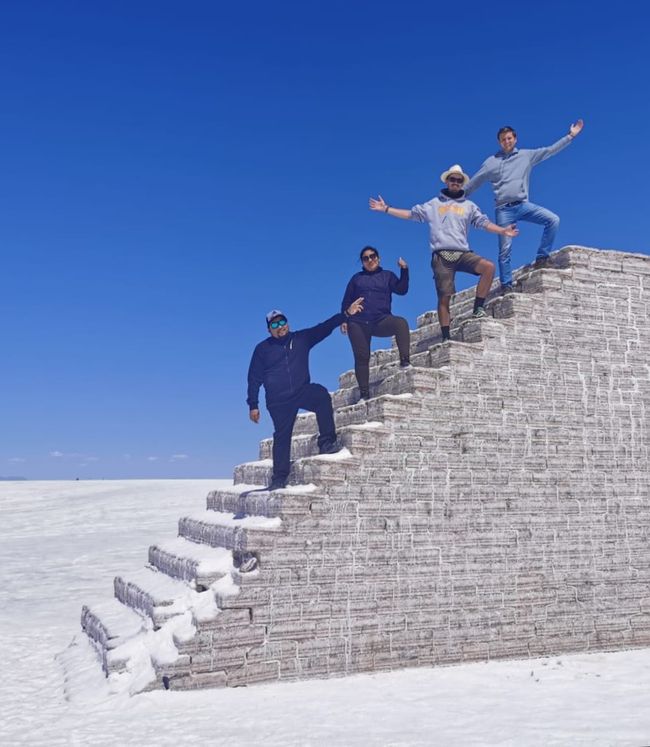
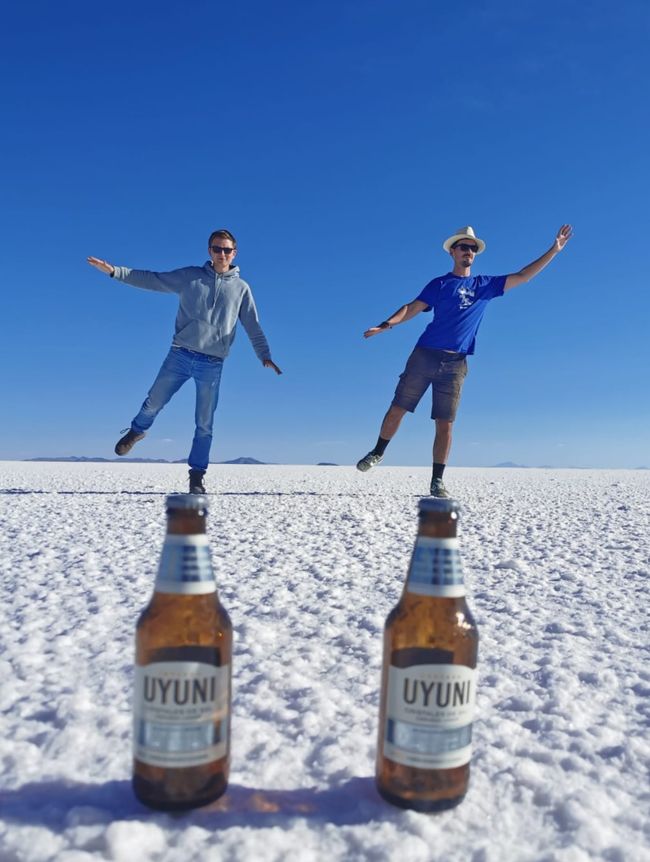
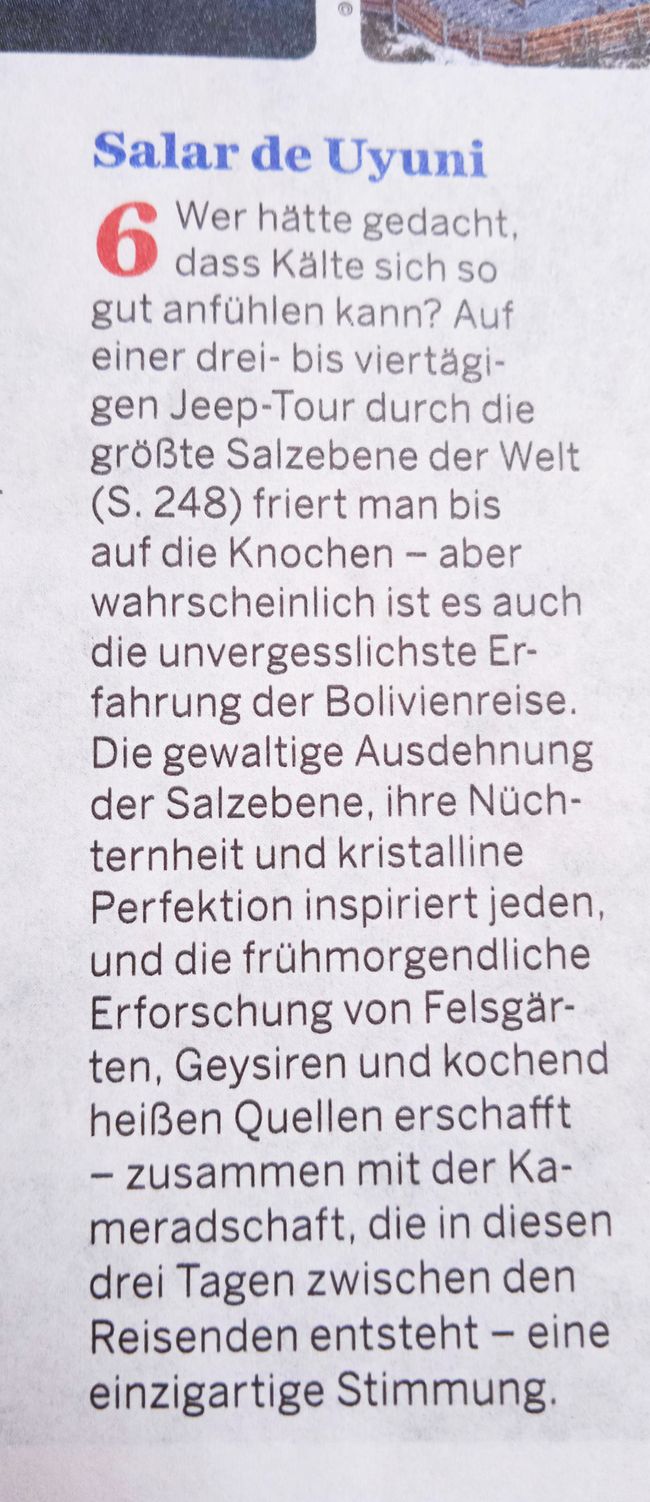
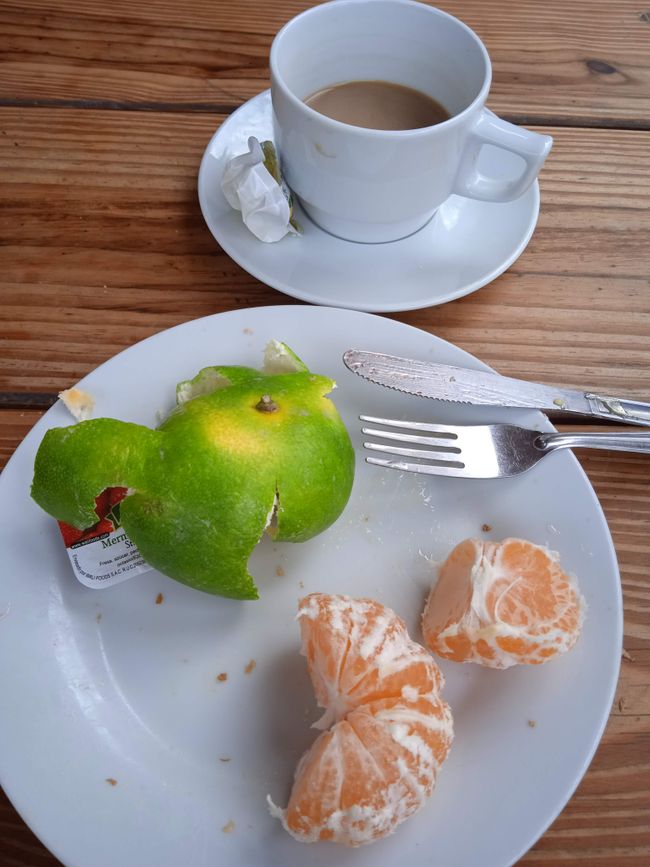
செய்திமடலுக்கு சந்தாதராகவும்
Night bus rides are a number of their own. While the buses in Latin America were extremely comfortable and the drivers drove calmly, I was spared inconveniences such as roadblocks or vehicle breakdowns. Nevertheless, the arrival was always a challenge when you stumbled out of the bus half asleep, gathered your luggage, and were surrounded by a dozen promoters offering tours, accommodation options, or bus connections in Spanish.
I had a similar experience on Friday morning in Uyuni. Uyuni, like La Paz, was located on the Altiplano, the high plateau, in the middle of the desert, which means it was freezing cold when I arrived there at 6 a.m. wearing shorts.
For 150 Bolivars, about 20 euros, I booked a day tour through the famous salt desert, the so-called Salar. The tour started at 10:30 a.m. So I had four hours of free time before that, which I could either spend in the waiting room of the travel agency or use for a city walk. I decided to do both.
Uyuni was located in the middle of the desert, dust and sand everywhere, wide streets and flat houses. It was bitterly cold and people were wearing thick winter jackets. In my naivety, I looked for a bakery in European style. I felt like having coffee, sandwiches, and maybe pastries, like a streusel snail. Nothing of the sort, of course.
Uyuni was slowly waking up, it was still bearable in the sun even in shorts, and many people were busy sweeping. The redistribution of dust and sand from the sidewalk to the street obviously belonged to the daily ritual. Later, the traffic caused the sidewalks to be covered in sand again, so that constant dust clouds obscured the view. I eventually found breakfast among the locals at a snack bar, where they served fried bread dough with cheese filling, a mixture of Indian bhatura bread and empanadas, along with super sweet black coffee.
Unfortunately, the German language does not provide a catchy term for the Spanish 'Salar' (from 'sal' for salt). Wikipedia used terms like 'salt plain' or 'salt pan', well. The Salar de Uyuni, with an area of 140 km by 110 km, was the largest salt pan on Earth, larger than the salt plains in Utah, and was formed from a massive lake that dried up 10,000 years ago.
The region gained greater fame when the Dakar Rally Argentina/Bolivia 2016 was held here.
Around the Bolivian top attraction, tour operators put together a sophisticated excursion offer. Together with Daniela and Vladi from Bolivia and Marco from Hesse, our driver chauffeured us through the salt desert in a 4x4. We started at a salt works where salt is still processed around Uyuni. We then visited hot springs, a salt restaurant, similar to an igloo, and took photos in the middle of the white nothingness. Sunglasses and sun protection were essential accessories throughout the trip. Later, we reached a part of the flat land that was covered with about 20 cm of water, where we used the rubber boots provided. The salt desert, inhospitable and cool, turned into a giant mirror thanks to the water, perfect for further photographic fun.
As the day came to a close with a sunset over the salt flats, Bolivian red wine was served, in proper glasses... a perfectly organized excursion program, without irony.
In the evening, I managed to get a bus ticket for the next night bus ride to Sucre. Marco and I spent the evening together. Considering the harsh cold that Uyuni radiated, I was glad to leave the desert behind.
...
The trick box photos around the salt flat will be complemented with bonus pictures in due course.
செய்திமடலுக்கு சந்தாதராகவும்
பதில்

பயண அறிக்கைகள் பொலிவியா
